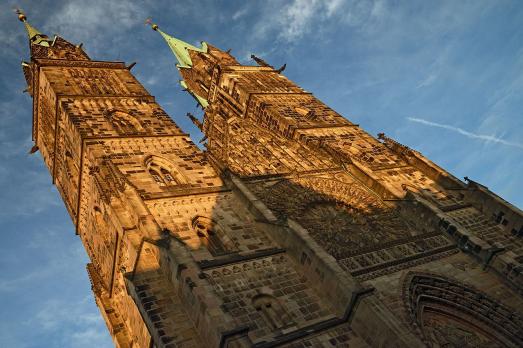
St. Lorenz
Nürnberg, DE
St. Lorenz is a gothic church built from 1250 to 1477. The construction, which was badly damaged during the Second World War, was rebuilt identically. Since the Reformation, St. Lorenz is a Protestant church.
Here you can search for a building to visit. You can use the map find destinations, or you can use the filters to search for a building based upon what different criteria.

Nürnberg, DE
St. Lorenz is a gothic church built from 1250 to 1477. The construction, which was badly damaged during the Second World War, was rebuilt identically. Since the Reformation, St. Lorenz is a Protestant church.
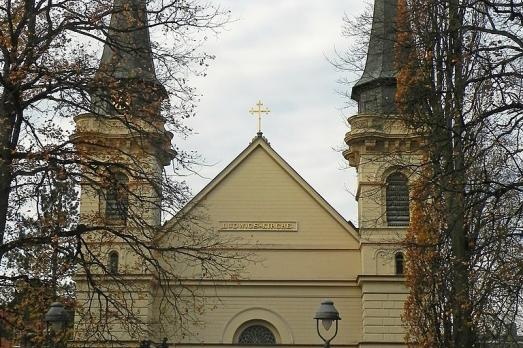
Celle, DE
St. Ludwig's Church is a Catholic church consecrated in 1838, designed by the Lübeck architect Anton Spetzler. The towers were added by Conrad Wilhelm Hase in 1881. St. Ludwig, King of France, was chosen as the patron saint of the church, a reverence to King Ludwig I of Bavaria, who had supported the construction with funds and a collection in Bavaria.
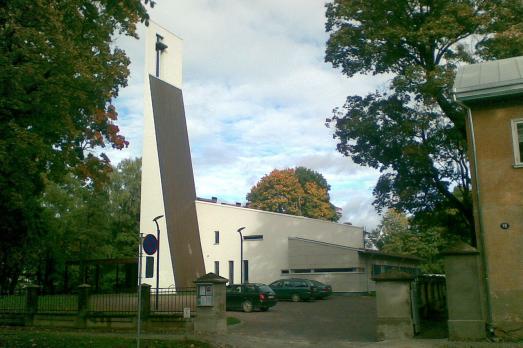
Tartu, EE
St. Luke's Church in Tartu is a modernist church completed in 2002, designed by architect Indrek Allmann. This church had been planned as early as 1931 by the architect Engelhard Corjus, but due to the Soviet occupation and World War II, the church was never built. The new church was built in two phases. The first was completed with the construction of a small hall, a café and other premises. The second, when a large hall with corresponding auxiliary rooms were added.
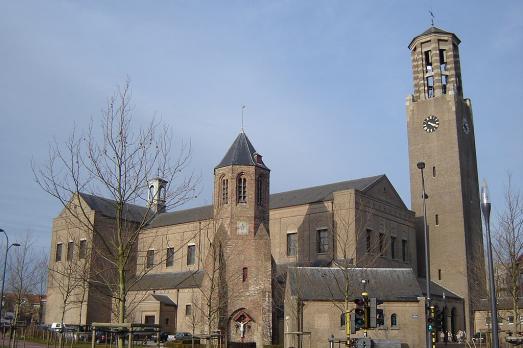
Knokke-Heist, BE
In 1227, a chapel of Saint Catherine was mentioned. The chapel has probably been incorporated in the later Saint Margaret's Church. This church was first mentioned in 1477. Its tower was an important beacon for shipping. the church suffered from the Iconoclasm in the late 16th and early 17th centuries. The building was restored in 1613. In 1796 the church was confiscated by the French administration and returned to the parish in 1801. The church was enlarged in 1852, according to plans by P. Buyck and in 1905 a new choir section was built. The building was severely damaged due to the Second World War. A new church was built from 1955 until 1958. The tower structure could be preserved after the war and became a classified monument in 1938. The church was rededicated to the Immaculate Heart of Mary and Margaret Church in 1958.

Warburg, DE
The first mention of St Mary's visit dates back to the late 13th century. In 1429 a sacristy was built to the north of the choir, which is now used as the Lady Chapel. In 1833, parts of the vault collapsed. A three-part window at the south portal was broken during the 19th century. In 1899-1900 a storey with a gallery was added to the church tower and the eight-sided spire was added. In 1947, the present sacristy was built to the south of the choir. From 1974 to 1975, the church was extensively renovated under the direction of the architect Heinrich Stiegemann from Warstein.
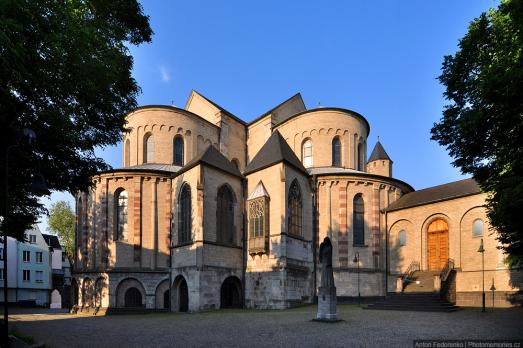
Cologne, DE
St. Mary of the Capitol is one of twelve Romanesque basilicas in the old town of Cologne. Built between 1040 and 1065 on an ancient Roman temple, it is the largest Romanesque church in the city.
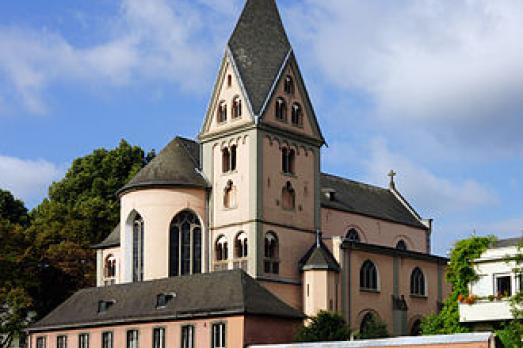
Cologne, DE
St. Maria in Lyskirchen is the smallest of the twelve great Romanesque basilicas in the old town of Cologne. Built between 1198 and 1225, its architecture is inspired by that of Saint-Kunibert (in the same city).
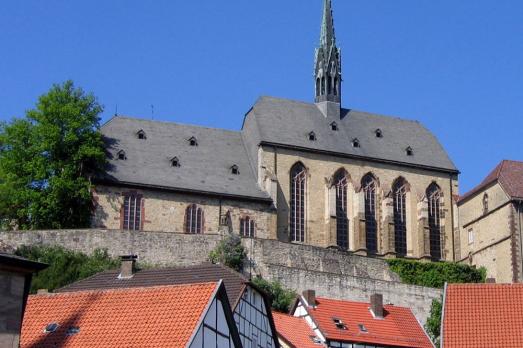
Warburg, DE
The Protestant church of St. Maria in vinea, in early Gothic style, was the parish church of the old town of Warburg until 1283. The bishop of Paderborn, Otto von Rietberg, then ordered that the church be handed over to the Dominican order. St. Mary in Vinea remained the church of the Dominican monastery until its secularisation in 1803. Since 1824 it has been the church of the Protestant community. Next to the church is the Marianum Gymnasium in the former Dominican monastery.
Bad Langensalza, DE
The outstanding figure of the foundation of the congregation is the lay Apostle Anton Jungmann (*1777 in Prague, + 1860 in Langensalza), who came to Langensalza in 1821 and collected the Catholics. In addition to prayer hours and pilgrimages that he organized, he was intensively committed to founding the congregation. It is an example of the community growing from below, out of faith.
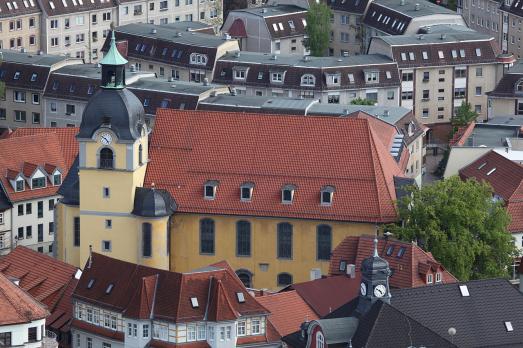
Suhl, DE
The Evangelical Lutheran Church of St. Mary was built between 1487 and 1491, making it the oldest place of worship in the city. The Henneberg rulers introduced the Reformation in 1544. In April 1590, the church burned down in the first major fire in Suhl. The new building was destroyed by a town fire in 1634 during the Thirty Years' War. Between 1647 and 1650, the church was rebuilt and consecrated on 8 October 1654. The next town fire took place on 1 May 1753. The present church was built after 1757 in the late Baroque style by the master mason Johann Philip Kober according to the plans of the scribe Ludwig August Hoffmann. The tower was completed in 1769 and the church received a bell in 1770.

new
As a university city, cultural offerings abound in Tartu and will reach their peak after being designated one of three European Capitals of Culture for 2024. In this list, we've compiled the most interesting sacred places to visit in and around the old town.

Bodø has evolved from a picturesque fishing village to a bustling cultural epicentre in the northeastern Norwegian county of Nordland. Here is a list of the top churches to visit in Bodø, the only European Capital of Culture above the Arctic Circle.

The small Austrian spa town of Bad Ischl is known for its beautiful nature and peaceful atmosphere. Emperor Franz Joseph I of Habsburg, described it as an "earthly paradise". Here is a list of religious heritage sites you should visit.